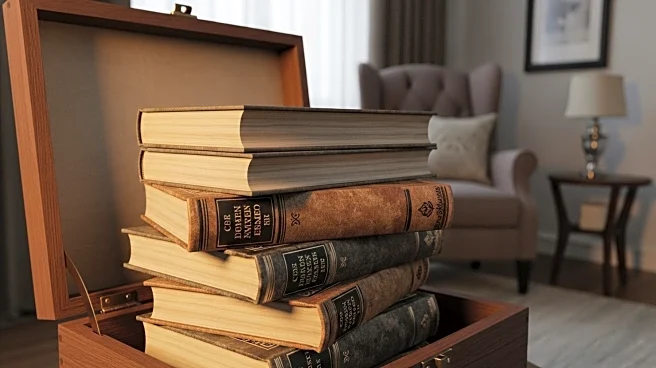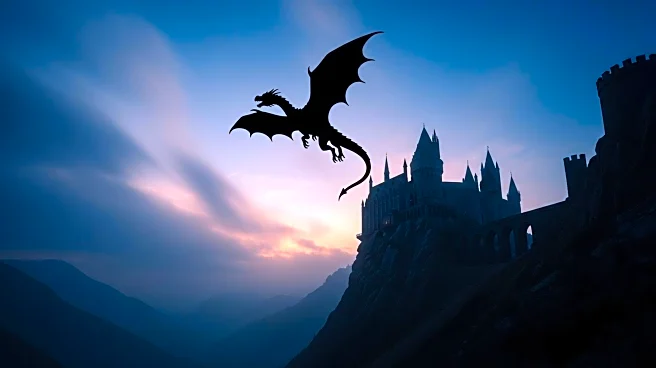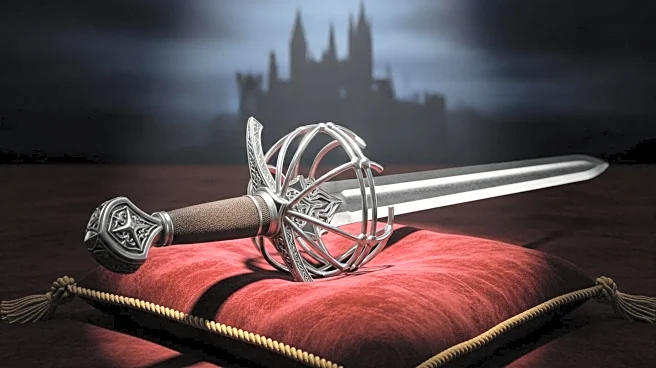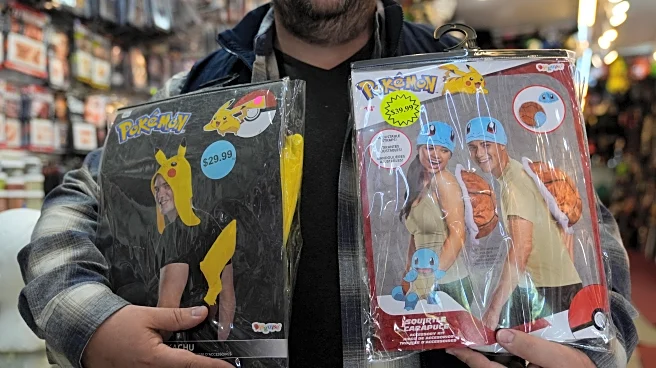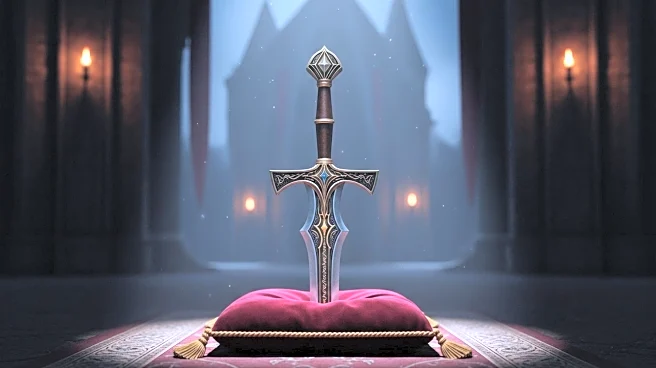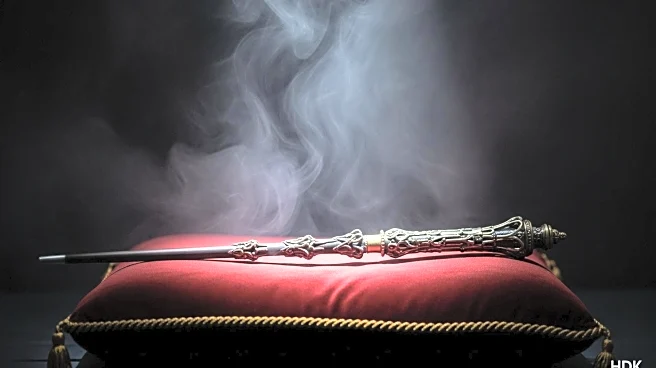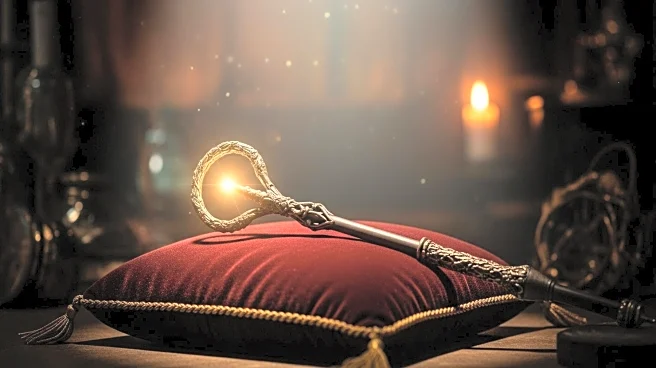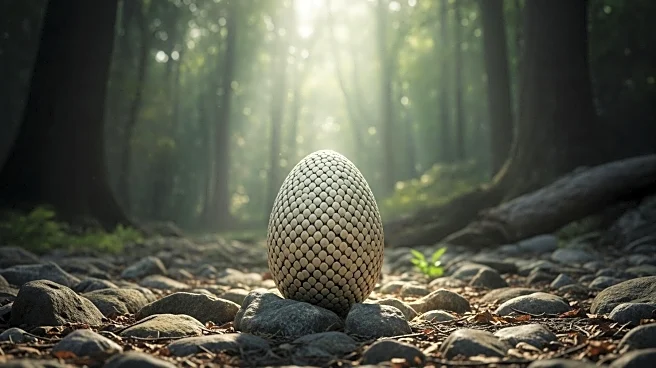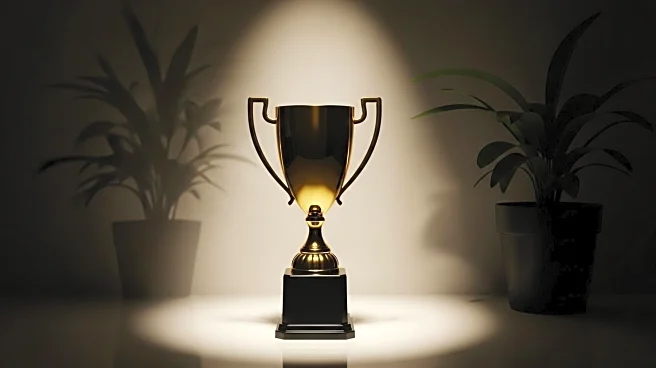What's Happening?
NECA has released a new action figure tied to HBO's upcoming prequel series 'It: Welcome to Derry,' featuring a unique portrayal of Pennywise the Clown. The figure, named 'Ultimate Bob Gray as Pennywise,' presents a human-like appearance beneath the clown wig, offering a glimpse into Pennywise's origins as a circus performer. This collectible includes multiple interchangeable heads and hands, along with stage props, hinting at the show's exploration of Pennywise's backstory. The series, set in Derry circa 1962, promises to delve into the character's transformation from Bob Gray to the demonic clown known for terrorizing victims.
Why It's Important?
The release of this figure provides fans with a deeper understanding of Pennywise's character development, enriching the narrative of Stephen King's 'It' universe. It highlights the creative efforts to expand the lore of a well-known horror icon, potentially attracting new viewers to the series. The collectible also reflects the growing market for themed merchandise, which plays a significant role in the entertainment industry's revenue. Fans and collectors stand to gain from the unique insights and memorabilia associated with the series, enhancing their engagement with the franchise.
What's Next?
As 'It: Welcome to Derry' premieres on October 26, viewers can anticipate further revelations about Pennywise's origins and the historical context of Derry. The series may explore themes of fear and transformation, offering fresh perspectives on the character's evolution. NECA's figure could spark interest in additional merchandise releases, catering to fans eager for exclusive collectibles. The show's success could lead to more adaptations and expansions of Stephen King's works, influencing future horror narratives.
Beyond the Headlines
The portrayal of Pennywise as Bob Gray raises questions about identity and the nature of evil, inviting viewers to consider the complexities of villainous characters. It challenges traditional horror tropes by humanizing a notorious figure, potentially altering perceptions of fear and morality. This approach may inspire discussions about the psychological and cultural dimensions of horror storytelling, encouraging a deeper exploration of character motivations and societal influences.

